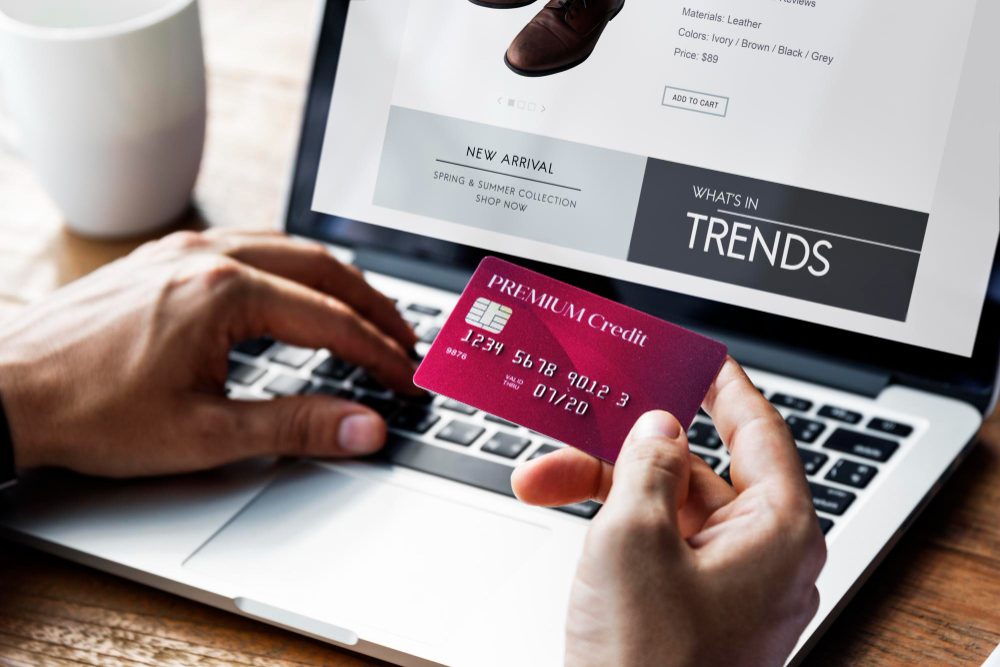In the coming years, new retail technology will transform the way we make purchases, and the speed at which we do so will surprise many people who haven’t yet been exposed to these new technologies. In order to prepare yourself for these changes and use them to your advantage, it’s important to know about them in advance of their full release, so that you don’t get caught off guard by how these changes are made and how quickly they will take over. Here are four payment trends in retail technology you should watch out for.
Mobile Payments – contactless payments, m-POS
Mobile payments, or contactless payments, are becoming a popular form of payment for both consumers and businesses. While contactless payments have been around for a while now (with credit cards being the most common example), mobile payments are on the rise.
The ability to pay with your smartphone is appealing because it is convenient, quick, and easy – not to mention that it is a form of technology that people are already used to using. In many ways, m-POS can also be more secure than traditional POS systems. Not only does this method reduce the risk of theft, but it also makes managing transactions easier. As opposed to standard point-of-sale systems which require either an employee or customer to manually swipe their card through a reader, an m-POS system will automatically detect when someone taps their phone over the reader and charge them accordingly. It’s still early days for these types of payments, but they’re worth keeping an eye on as they grow in popularity.
Voice commerce
It’s important for retailers and brands alike to get ahead of this emerging trend by considering how voice commerce will affect their business and how they should position themselves in this changing landscape. Voice assistants like Alexa or Siri can do anything from playing music, managing your schedule, or even shopping on your behalf and it may be the future of payments. Brands are already exploring ways to tap into the power of voice assistants with new platforms that allow consumers to order goods from these popular devices, including Amazon Echo’s Alexa and Google Home Assistant’s Google Express. Some retailers are already taking a leap with integration into Amazon Dash, which allows shoppers to place orders via voice command on these devices.
Facial Recognition Payments
Facial recognition is a type of biometric technology that can identify people by their facial features. It uses infrared light projected at the face and records any unique features, such as eye shape, nose length, chin depth, and the distance between the eyes. This information is then encrypted and processed with an algorithm that compares it to other faces in its database. Facial recognition is primarily used for security purposes but it also has some applications within retail settings such as payment authentication.
Store of the future
The future of the retail industry is fast approaching. In the last few years, we’ve seen an exponential increase in retail technology that allows for new ways to shop and pay for goods. The store of the future will be one where consumers are able to buy anything from anywhere at any time of day. They’ll be able to browse through stores without ever having to step foot inside, view items before purchasing them online, or have them delivered directly to their homes with just a click of a button. There are many payment trends in retail technology that you should watch out for. For example, now more than ever people want to do everything on their phones. Today’s digital shoppers demand easy access to information and the ability to shop anytime they want–even on their mobile device while standing in line at a grocery store or shopping mall. Consumers also expect seamless integration between retailers’ sites and social media platforms like Facebook, Twitter, Pinterest, and Google+. Lastly, recent research predicts that by 2022 shoppers will use voice commands almost as much as touchscreens when browsing merchandise.
Two-Step Verification / Personal Identification Numbers
Two-step verification is a security measure that requires anyone attempting to log into your account from an unrecognized device, or after an extended period of time, to enter a Personal Identification Number (PIN). If you are not yet using this security measure on your account, we recommend setting it up. The same applies to Personal Identification Numbers (PINs), which act as a second form of verification when using your debit card. PINs can be changed as often as desired and should be at least 8 digits long. While not recommended by most banks, some people use the same PIN for all of their accounts. While this makes remembering one number easier, it also means if one account is hacked then all other accounts may be vulnerable too.
The EVO payment terminal from Ingenico / Square
The EVO payment terminal from Ingenico offers a sleek and simple design that enhances the checkout experience for customers. It offers a variety of payment options, including chip-and-pin cards and contactless payments. Square is also set up to work with the EVO terminal, so you can seamlessly accept credit card payments from your phone or tablet. You can find out more about Square’s payment terminals here. If you have any questions about this post or need help setting up your new terminal, feel free to get in touch with us!
Tags: emerging trendpayment trendsretail industryretail technology

